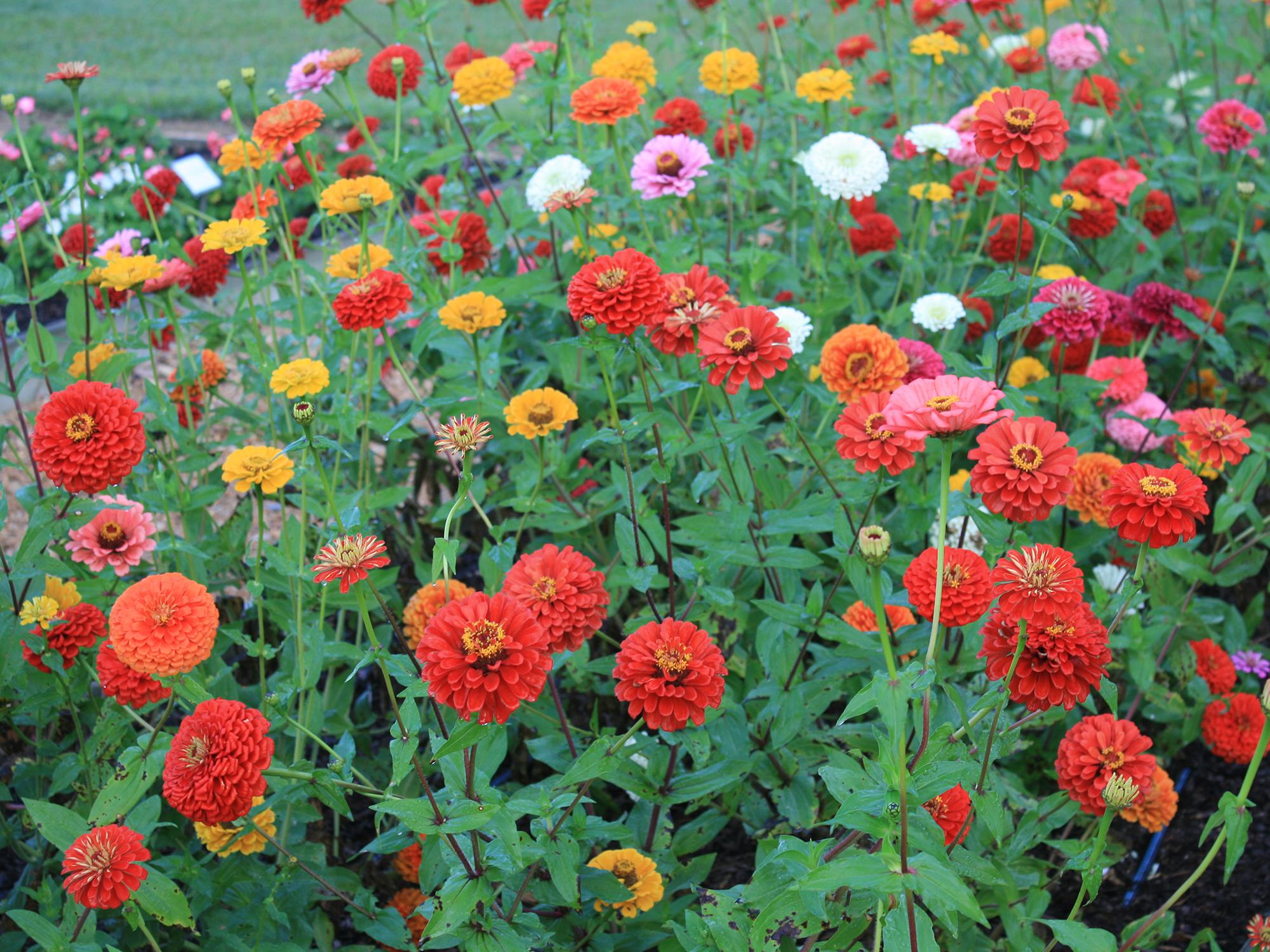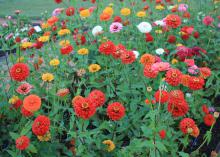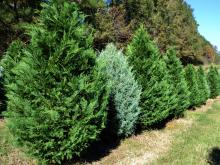Information Possibly Outdated
The information presented on this page was originally released on September 14, 2018. It may not be outdated, but please search our site for more current information. If you plan to quote or reference this information in a publication, please check with the Extension specialist or author before proceeding.
Horticulture industry remains strong in state
STARKVILLE, Miss. -- What is sometimes called the green industry includes landscape services and greenhouse and nursery production, a wide-ranging, growing agricultural sector worth more than $1 billion to the state.
Alba Collart, an agricultural economist with the Mississippi State University Extension Service, said the Mississippi green industry had an estimated economic contribution of $1.17 billion in direct sales in 2012, according to a study conducted by the Green Industry Research Consortium. It directly employed more than 12,000 people at that time, and remains strong today.
“The employment numbers are more than 15,000 jobs when you include indirect effects and spending by green industry employees, and by local, state, and federal government,” Collart said.
The green industry is tied to housing and new construction. When the housing market is thriving with new construction, the green industry also flourishes. A stagnant housing market negatively affects the industry.
“Nationally, the green industry is considered to be maturing, and firms are operating in a highly competitive environment,” Collart said.
She said green industry consumers have different purchasing behaviors depending on their stage of life, their needs and wants, their attitude toward savings and other factors.
“Although products and services of the green industry, such as flowers, plants and trees, may sometimes be thought of as luxuries instead of necessities, they provide many emotional and environmental benefits,” Collart said. “They can enhance people’s quality of life through emotional wellbeing by providing environmental amenities or by increasing the economic value of their homes.”
Shaun Broderick, an Extension ornamental horticulturist and Mississippi Agricultural and Forestry Experiment Station researcher, works with flowers as a plant breeder and developer of new plant material.
“The strength of the ornamental horticulture industry follows construction trends, and it went through a few years of difficulty during the financial crisis of 2008-2012,” Broderick said. “It is starting to improve, and the nursery people I talk to seem very optimist about its growth.”
Broderick manages the trial gardens at the MSU Truck Crops Branch Experiment Station in Crystal Springs. He is also on the selection committee that names Mississippi Medallion winners.
“Our state is less urbanized than some, so we have more space to landscape and garden,” Broderick said. “The extreme cold of this past winter also killed many ornamentals, and people are spending to replace what was lost.”
He did note a shift in where people purchase their plants.
Video by Bonnie Coblentz
“I see expansion of plant material being sold at box stores and grocery stores, and that really puts a pinch on local garden centers,” he said. “This is especially true of younger people.”
Jim DelPrince, Extension horticulture specialist at the Coastal Research and Extension Center in Biloxi, said traditional floral retail is suffering a similar decline, as consumers are more willing to buy online.
Despite this trend, he said there is increasing interest in growing cut flowers in the state, which is exciting for the industry and people interested in purchasing local products.
“Some growers in this small farm group are interested in offering value-added products, including mixed bouquets for markets and wedding flowers, such as assortment buckets and custom designs,” DelPrince said.
In addition to ornamental horticulture and floriculture, the horticulture businesses of the green industry include landscape services, turf and Christmas trees.
Jay McCurdy, Extension turf specialist, said the state’s sod business has stayed relatively stable in recent years. Sod demands are linked closely to housing starts.
“Although housing starts are down a little in Mississippi this year, Mississippi sod producers help supply markets in neighboring states, and housing markets in Alabama and Tennessee have increased slightly over last year’s markets,” McCurdy said.
Landscaping services employ more than 7,000 people in the state, and this number is on top of those directly employed in the production side of horticultural businesses
Mississippi’s Christmas tree farms are another significant part of the green industry’s overall picture. In recent years, state growers have sold more than 30,000 trees for about $8 to $10 a foot, but they have been unable to keep up with strong consumer demand.











